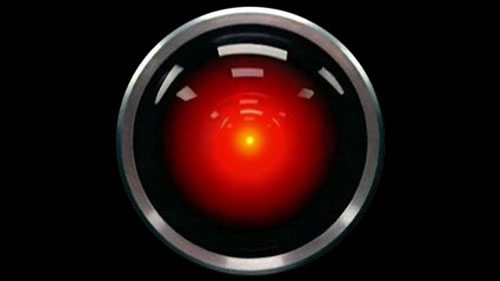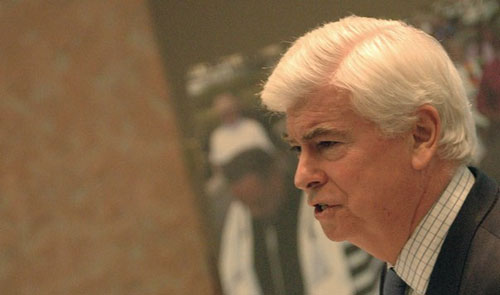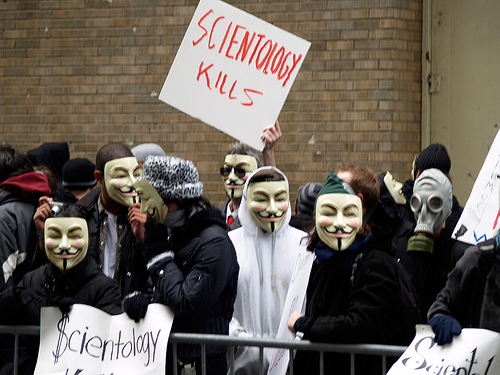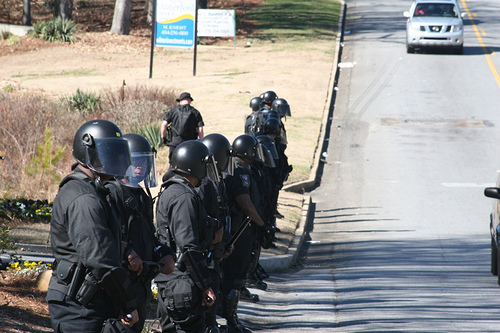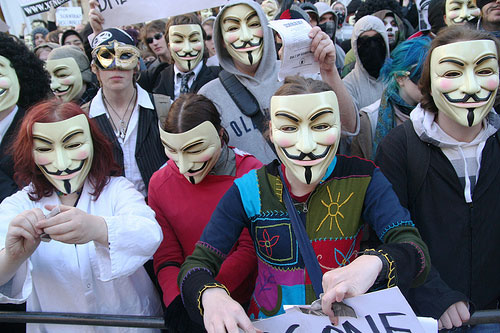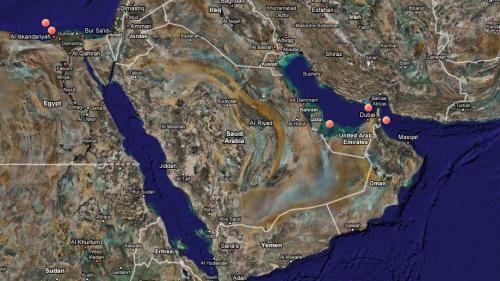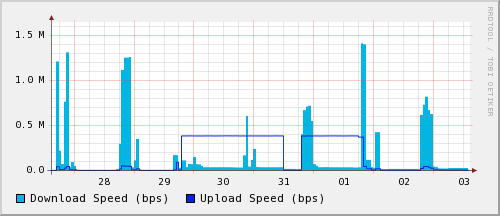Back to the subject of words whose meanings have shifted. This afternoon I read an article on The Register named “EC jacks up Microsoft fine by €899m.” Good article. Informative, lovingly crafted, all that good stuff. The comments, however, rankled me something fierce. A small sample:
I always thought the ideal remedy would be to require Microsoft to write in big print at the top of every contract (including corporate and government procurement contracts) and prominently on every consumer package “Notice: Microsoft, the publisher of this software, is a convicted monopolist.”
Who convicted Microsoft of being a monopoly? Being a monopoly isn’t a crime. Not even in socialist Europe.
Microsoft a monopoly? Funny, I can’t get three posts into one of these threads without someone mentioning Linux or whatever the iComp uses now. If there’s competition, then Microsoft is not a monopoly, it’s just very good at shutting the competition out from the mainstream.
Of course they are. That’s what copyright and patent law confer: legal monopolies over the protected work. Apple isn’t allowed to sell Microsoft products without acquiring the appropriate licenses, the proceeds of which go directly to Microsoft. Neither can anybody else; they have a legal monopoly on their intellectual property.
The author of the actual article, John Oates, gets it right: they were fined for abuse of their monopoly, they exhausted the appeals process, dragged their feet, and were fined again for failure to comply with the orders that went along with the original fine. People seem to think that monopolies are inherantly bad. If you’re not in favor of communalizing just about everything (do you have a monopoly on your car? your toothbrush?), then this is a knee-jerk reaction you should probably strive to avoid.

